Fashion month is a magic time for so many of us – all the people who attend fashion shows, like editors, buyers, and celebrities -, and us – fans. And sometimes we might ask ourselves why brands organize them, what are the different roles, the cost, and the impact fashion shows have on the industry.
How Much Do Fashion Shows Cost
Runway shows obviously create interest among the public to spread awareness about new arrivals in design and style and forecast trends. Think about it: without them, it would be more difficult to know about new collections, predict what looks will be trendy next season, and find them on the pages of magazines. Therefore, we can say that fashion shows help to spread knowledge. Besides purely showcasing the latest designers’ creations, these shows are real spectacles. Fashion designers, brands, and houses spend a fortune trying to stand out from the crowd so that they reach a new level of recognition and attract customers. This is why the Big Four – New York, London, Milan, and Paris – have to battle for influence more imaginatively than ever.
Now, have you ever wondered what are the different elements needed to organize a fashion show, and how much does it cost?
Everything you need to know about Fashion Shows: how much they cost, what it takes to produce them, the ROI
Imagine: on average, a 10 to 15 minute fashion show can cost anywhere from $200,000 to over $1 million! Big brands like Marc Jacobs, Burberry and Chanel, all known for staging over-the-top spectacles, are spending way more. For example, in 2011, Marc Jacobs’ fall show cost at least $1,000,000 (or $1,750 per second)! Chanel Cruise Show in 2014 specially built on a Dubai island cost £1,4 million. And did you know what was the most expensive fashion show in history? It’s Victoria’s Secret one, when the brand spent $26,7 million to produce it.
How Much Does it Cost To Have A Fashion Show?
Let’s look at the different roles and expenses required to run from the most basic to the most extravagant fashion show.
Choosing & Renting a Venue
The first thing to do – and one of the most complex ones – is choosing and renting a venue, which, on average, costs $35,000. Very often, brands have to anticipate the rental a year before the day of the show. As every year they are looking for more and more original places to showcase their collections. Among some of the most iconic shows, we can remember the Chanel Fall/Winter 2017 show at the Eiffel Tower, Louis Vuitton 2020 Cruise show at the TWA flight center at New York’s John F.Kennedy Airport or the Burberry’s Fall/Winter 2020 show in London’s Kensington Olympia.
Production ($25,000 on average)
This part is managed by a producer who is like a project manager responsible for ensuring that all the team members are on the same page. And making sure things run smoothly on the day of the show. He often helps to choose the right venue and set the design of the show which usually requires around $60,000. Additionally, the production company assists with model timings, choreography, music, and lighting, to name a few. And just because so many things can go wrong in a short time period, because this role involves such a big responsibility, organizational teams rely on runners – these people who walk around with walkie-talkies, who help front stage and backstage with absolutely anything. Actually, this is something you can do as a volunteer.
Stylists
They are in charge of the creative style and direction of the event. They source garments and work with designers through the advancement of the event. While some designers prefer – or can only afford – to style the clothes themselves, others may use stylists they have on retainer throughout the year. According to fashionista.com, a top-tier stylist can earn as much as $8,000 per day to style a show — which can potentially be a 10 to a 14-day job. Of course, not all stylists command those types of fees. A designer could secure someone less in-demand for around $10,000 total.
Stylists supervise dressers whose role is to prepare the outfits by ironing, steaming and fixing the garments, accessorize outfits, and dress the models before walking down the runway. This is also a role you can do as a volunteer.
Beauty and hairstyle team
Usually, the brands are sponsored by beauty companies. According to one source, a brand can even be paid between $5,000 to $15,000 to be chosen as its hair/makeup sponsor.
Models
The cost really depends on the agency and how famous the model is. 50K in total for big brands with a $200 to $1000 per model is considered O.K, while smaller labels <will pay around $150. Plus, you have to consider all that goes into being a model during fashion week – castings, fittings, transportation, etc.
PR & Media
What’s the point of putting on a great show if there’s no one there to see it, right? $10,000-$25,000 for a monthly retainer. Then there’s the $5,000+ cost of sending out custom invitations. Some designers even spring for car services for VIP guests, which can cost an extra $7,000.
Additional expenses usually include maintenance costs such as lighting (around $25,000), sound ($7,500), seating ($7.500), catering ($3,000), and live stream ($12,000).
Between $100,000 – $300,000 is a typical account just to cover the basics needs listed above. But that doesn’t include the cost of the collection (samples) and the salaries. In total, the amount spent can vary between $125,000 to 1 million!
So, where is the return on investment (ROI)?
The success of Fashion Week events comes down to the communication strategy AKA the marketing, branding, and visibility of a specific fashion label. Not every brand is present in the fashion month calendar. Those that are there are considered the top brands in the industry. Being able to hold a fashion show is a huge recognition by everyone, especially customers who will proudly buy and wear clothes that appeared on a catwalk during fashion week. One important metric that can be taken into consideration to measure the impact and investment return of a fashion show is the MIV (or media impact value) – an algorithm which measures the impact of media placements to derive a number for performance outcomes.
Launchmetrics Review
Take a look at some numbers shared by Launchmetrics in its review regarding the brands that performed best at Fall/Winter 2022 fashion shows. Milan Fashion Week generated considerable buzz, gathering $24M in Media Impact Value across 7.6K placements, with Prada on top with a MIV of $10.2M. Paris Men’s Fashion Week (PFW) received even more attention that season, generating $50.6M MIV with Louis Vuitton leading with a $16M total MIV. On the other hand, if we look at Women’s F/W 2022 report, New York Fashion Week generated $117M in MIV, with Michael Kors reaching a total of $13.9M MIV. Finally, LFW saw an impressive number of $40.4M MIV with Simone Rocha leading with $3.4M MIV. Finally, social media also proved long ago to play a crucial role in giving the brands visibility. The latter accepts to pay thousands of dollars to celebrities and influencers for a single post.



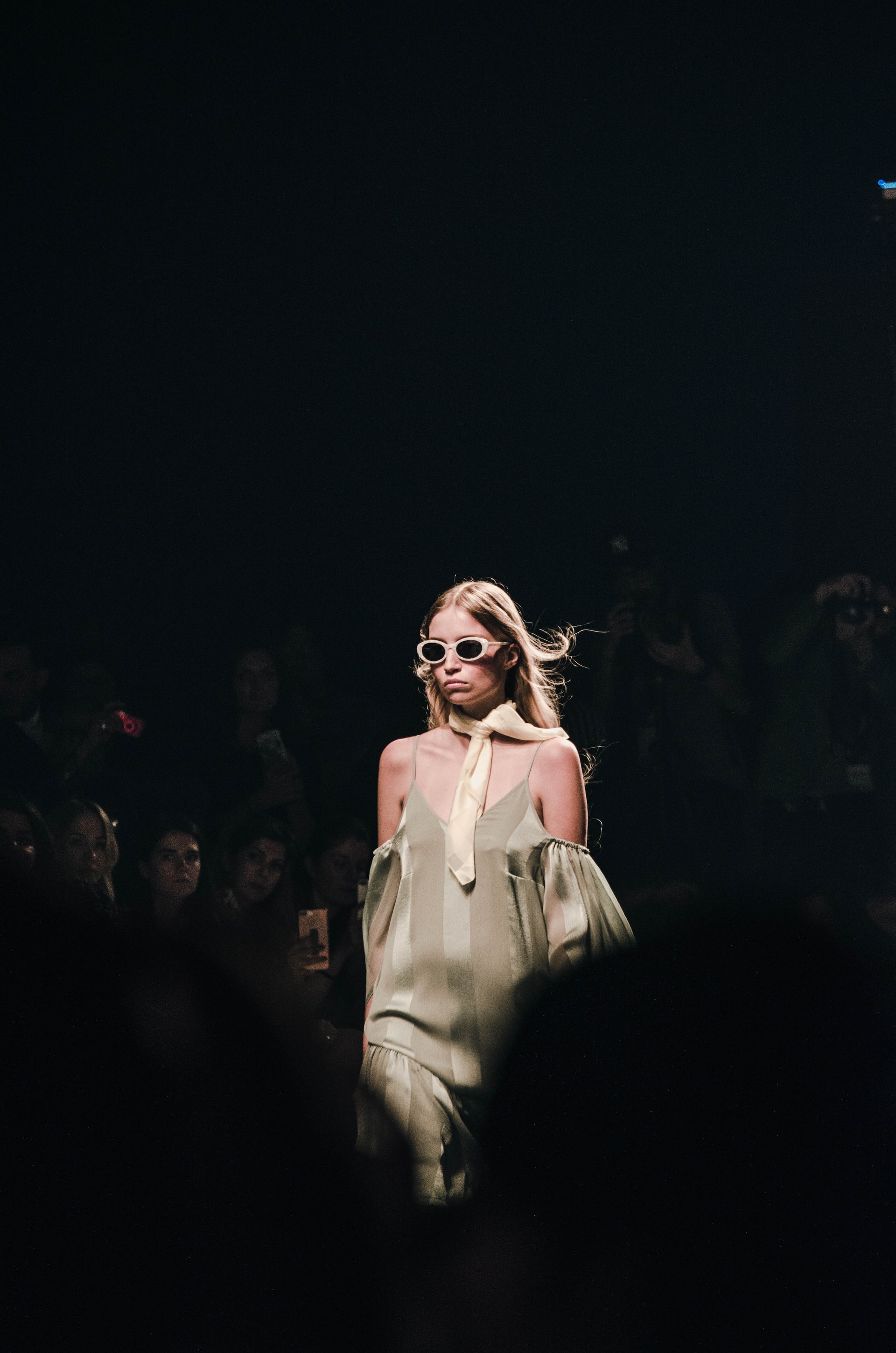
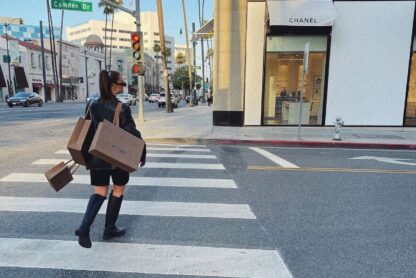
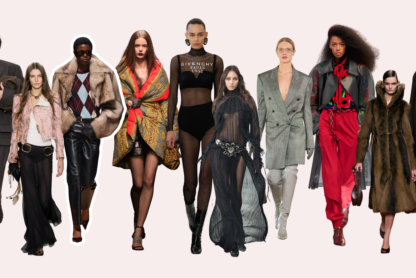
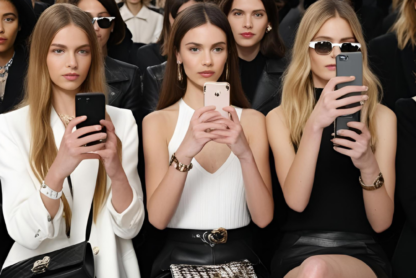
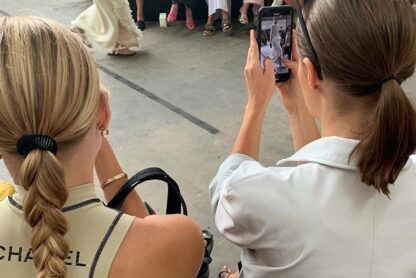

It’s interesting to know that runway shows would help the public be aware of the new designs that a brand is putting out. I guess having the right models would make the clothes or pieces stand out making consumers want to buy their products as soon as they are available. In that case, those who are interested in this industry would have to undergo model workshops to ensure that they are able to learn the skills needed to walk well and carry their outfits effectively.